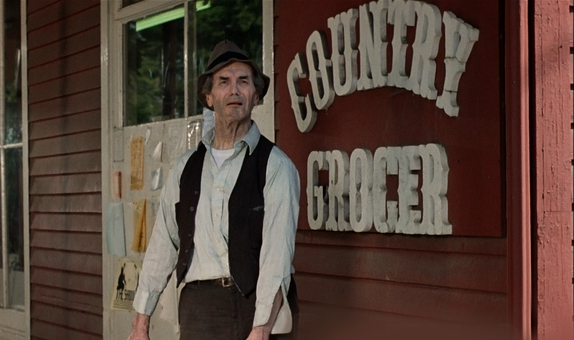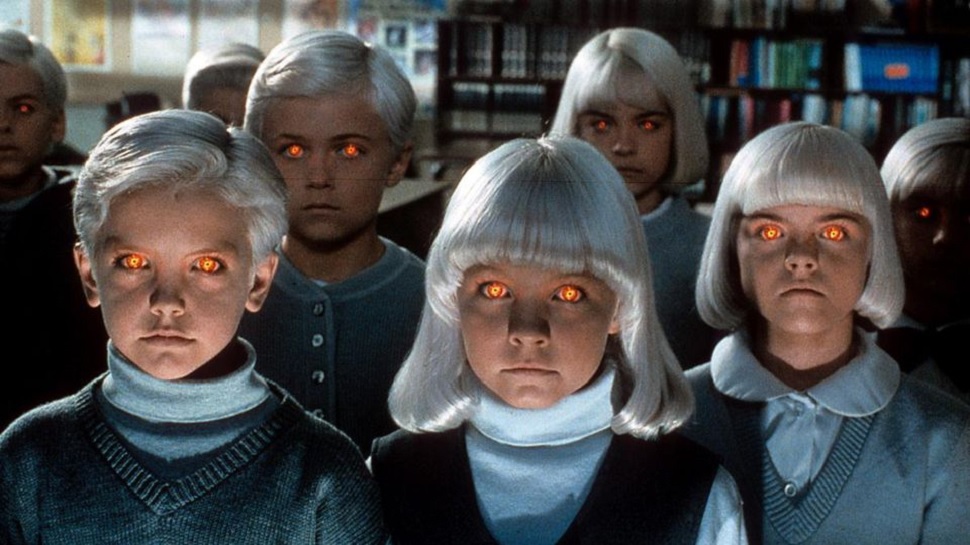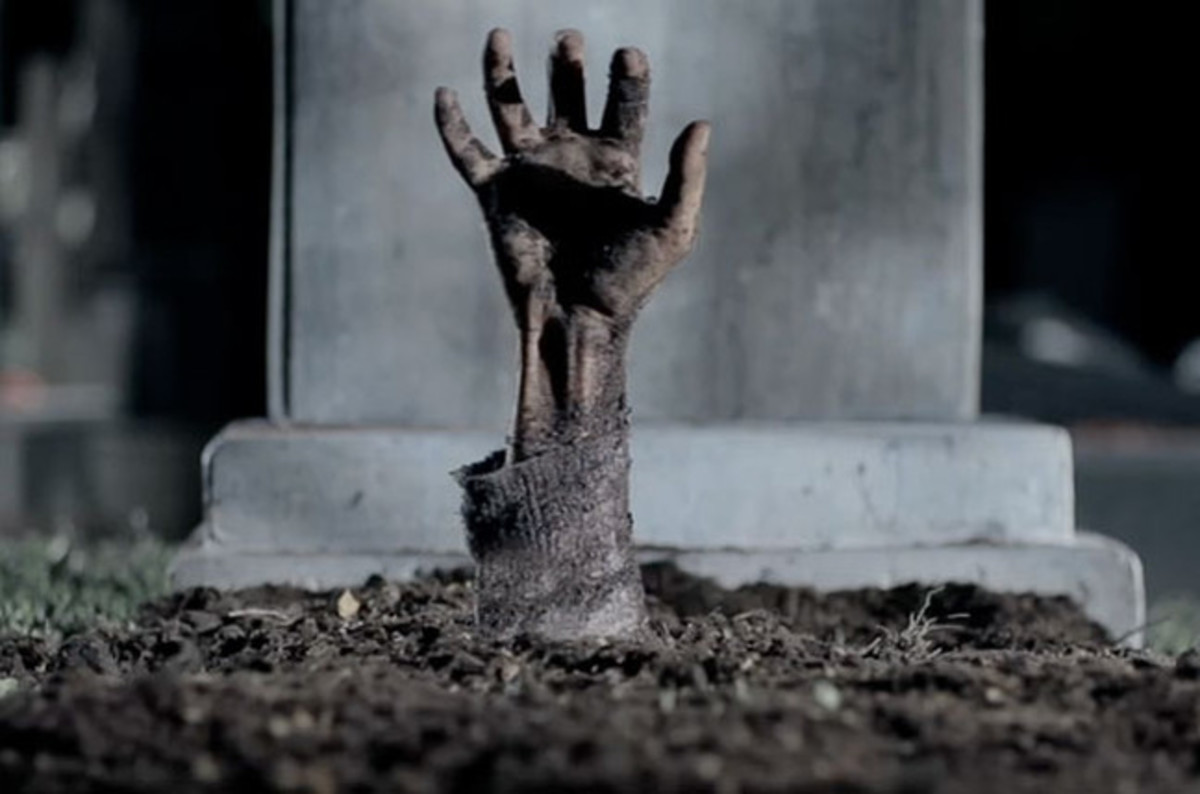10 Things Horror Movies Have Taught Us About Digital Project Success
10 Things Horror Movies Have Taught Us About Digital Project Success
Jordan Hirsch | Director of Training and Facilitation
Mike Mangi | Director of Digital Strategy
October 26, 2017
A new project begins. You and your team get ready, pack the van, kick things off, and head off down the road. But soon warning signs begin to appear. Things start to feel ominous. The shadows grow longer. And before you know it, nothing is what it seems.
OK, maybe things aren't that dire, but sadly, too many digital projects end up switching genres from action adventure to horror movie. But never fear! We've learned that horror movies follow their own set of rules for survival, and some of them apply to projects, too.
As you get ready for Halloween, check out our list of 10 things horror movies have taught us about digital project success, and you just might survive (your project)!
Know Where You're Going

If you don't know where you're going, how do you know when you've gotten there? Make sure you've established your project goals and have written them down. Everyone on the team should know where to find goals and other critical information so that no one finds themselves lost in the woods without a map.
Listen to the Locals

Even if you're breaking new ground, there's a good chance you work with someone who's worked on something similar in the past. Learning from other people's successes — and failures — can not only save you time, it might just save your neck.
Don't Become a Zombie

Everyone knows zombies are contagious. If you see a lack of engagement on your project team, don't assume it'll work itself out — make an effort to reach out and make sure everyone's on the same page. Lead by example by staying engaged yourself, and by fostering good communication practices on your team, so that everyone has a chance to air their concerns before they start to fester...and infect their braaaaaaaaains.
Beware Groupthink

Working in silos can not only leave you isolated, but it can mean missing out on important perspectives and ideas that can help your project succeed. While working in a cross-functional team can be challenging, diverse teams (including cognitive diversity!) have been shown to produce better outcomes. And they can make sure your project stands out instead of becoming another mindless clone.
Keep Lines of Communication Open

It's always tempting to cut a meeting. And while we'd never recommend meeting just to meet, it is important for a team to regularly check in with each other, especially if the team members are remote or are working on different pieces of the puzzle. Status calls and standups really do serve a purpose if they're used effectively, scheduled on a cadence that makes sense for your team, and not just there to check a box. Because you really don't want to wait until there's an emergency to learn that your that your WiFi has been cut.
Talk to Your Users

Building an app or redesigning your web site without talking to your users would be like trying to summon a demon without a protective circle of salt. UX and demonology might seem like esoteric practices, but only one of them can help you design and build something that meets a real need and is usable by your target audience. The other one, of course, is UX.
Don't Let Issues Grow Out of Control

It can be easy to overlook a small issue - after all, it's small. But little things have a way of growing and festering if you don't pay attention to them. Keeping your lines of communication open (see #5 above) can help you stop little issues from becoming big ones, and keep the scope creep monster at bay. After all, a difficult conversation today beats getting eaten by the Blob tomorrow.
Make Sure Your Monsters are Really Dead

Building something doesn't guarantee that you've solved a problem. Testing something doesn't guarantee that the next change won't break it. Finishing isn't the same as succeeding. Don't assume everything's OK — make testing and measuring part of your process, and part of your mindset. Because nothing's worse than turning a corner and running into a monster you already left for dead.
Look Behind You

You can't learn from your mistakes unless you know what they were. Run retrospectives with your team, and give everyone a chance to participate and talk about what went well, what didn't go so well, and what you want to do differently next time. These can be useful throughout a project, not just at the end. Document your findings so the next team can learn from you. If you're only looking ahead, you'll be surprised when an issue pops up behind you.
Plan For The Sequel

The end of your project is just the beginning. Define success metrics at the start of your project, and build in time after you launch to measure and iterate based on them. Find opportunities to improve what you've built and use it as a foundation to solve the next set of problems. Because there's always another monster hiding in the dark.
Remember this post the next time you start a digital project, and you and your team just might survive til the next one. Need help getting started?
